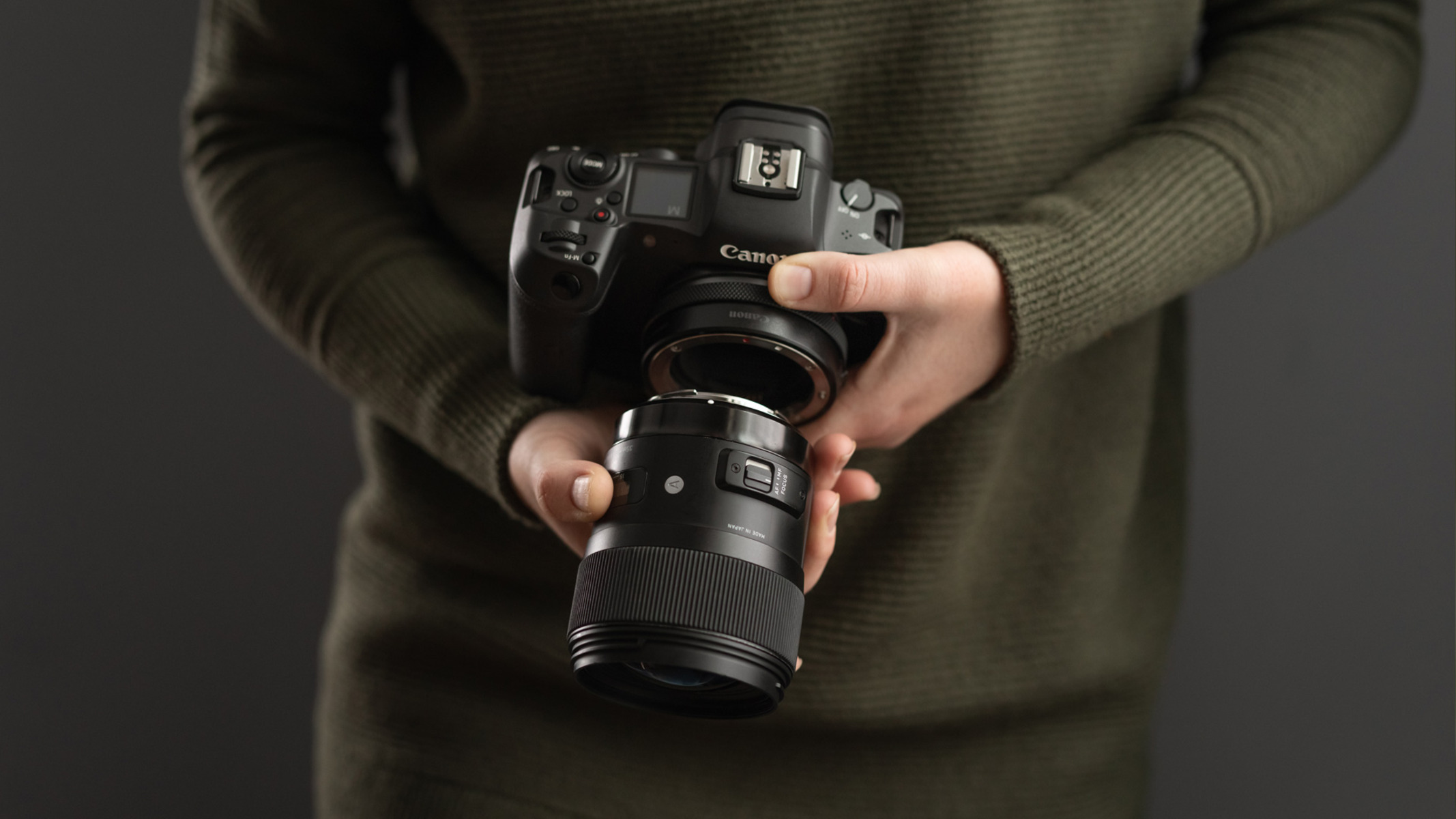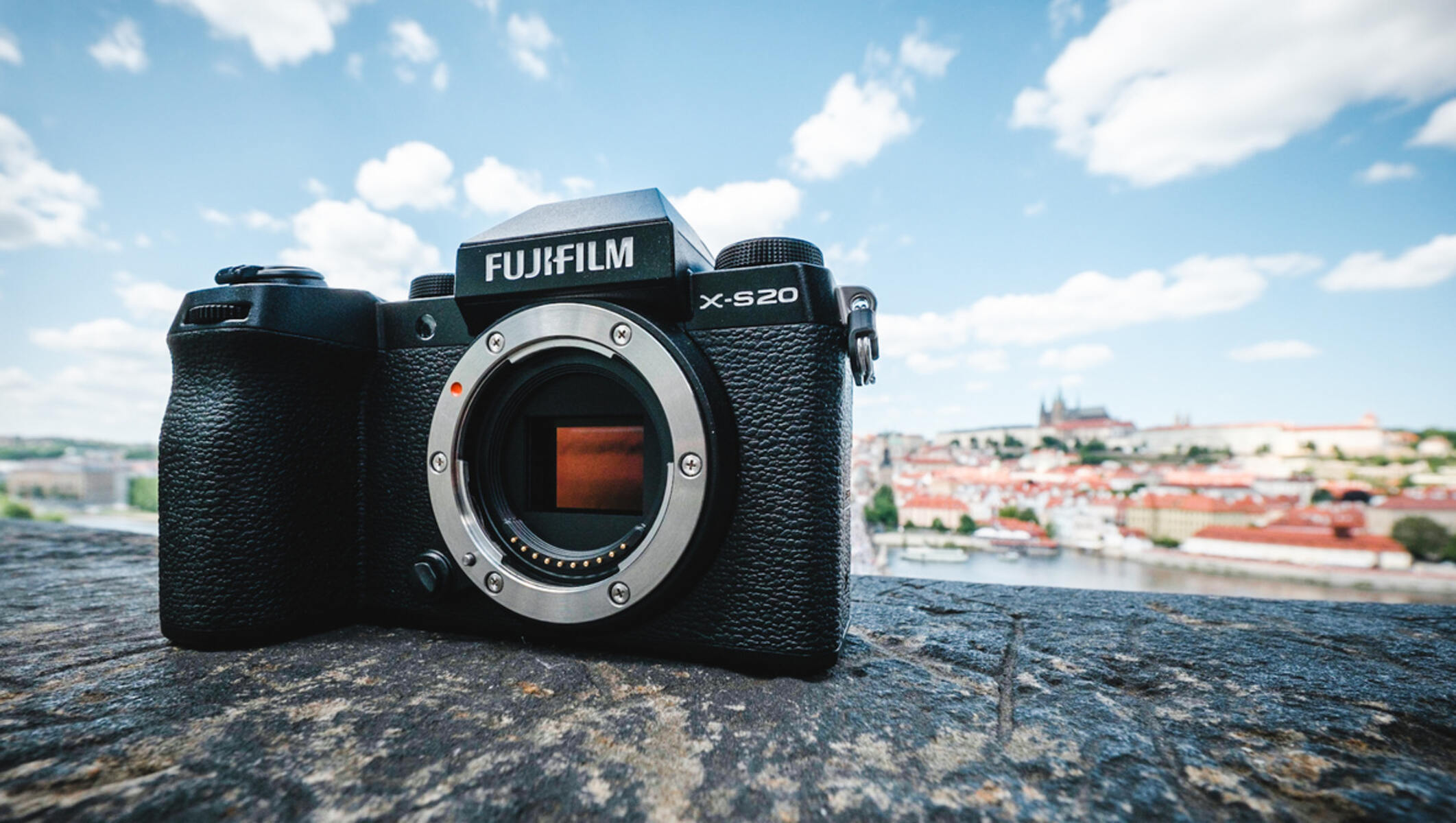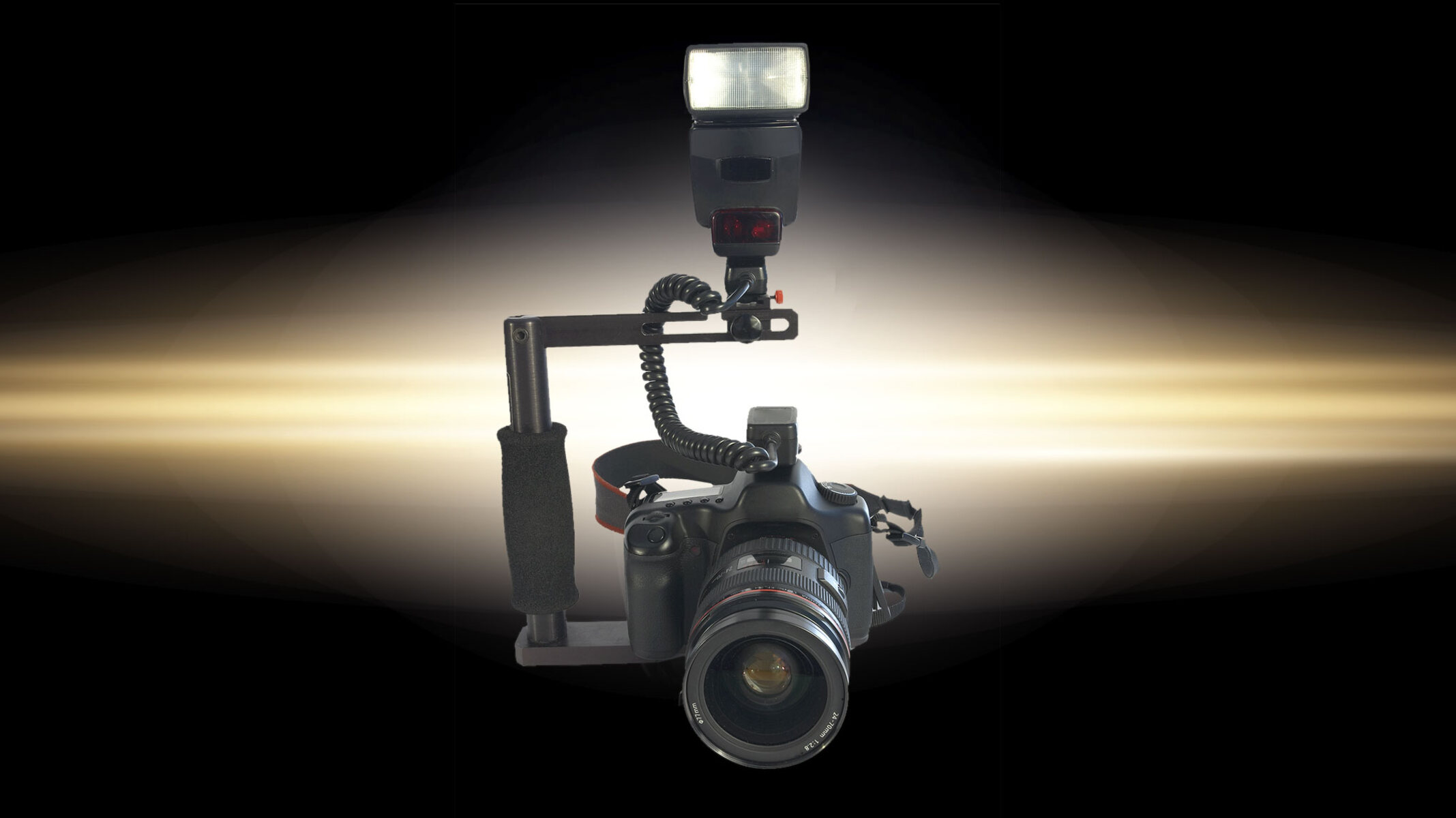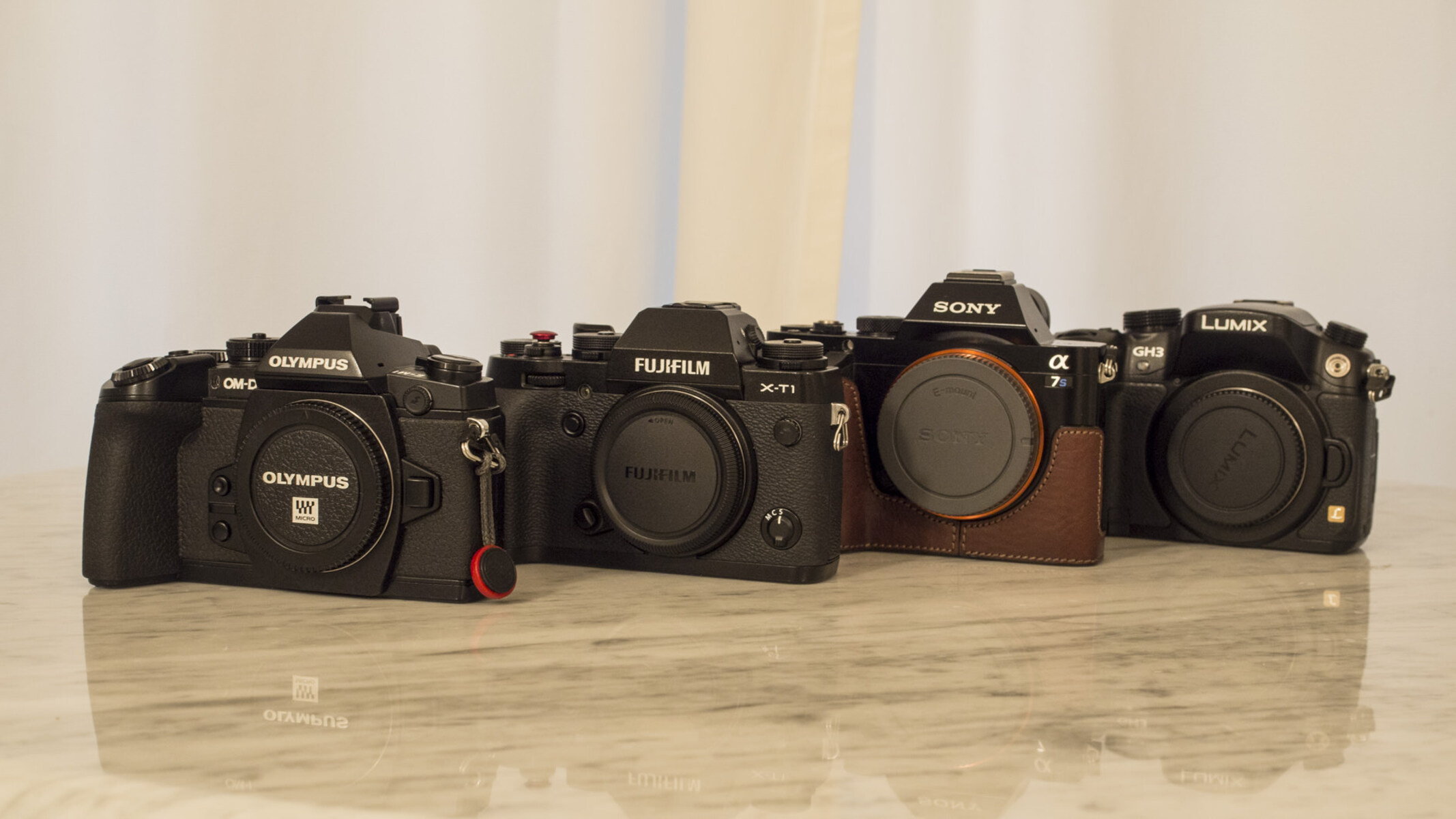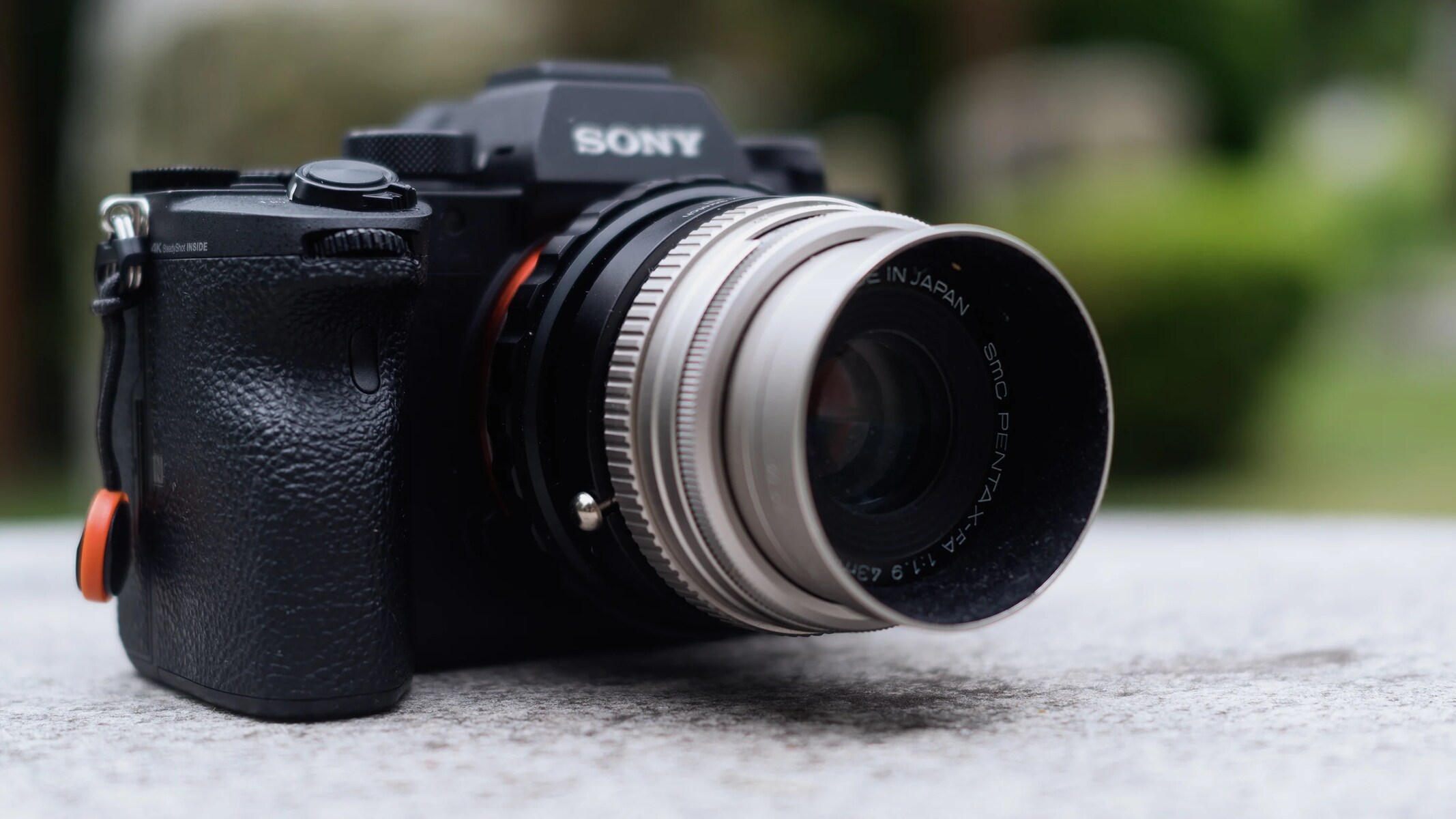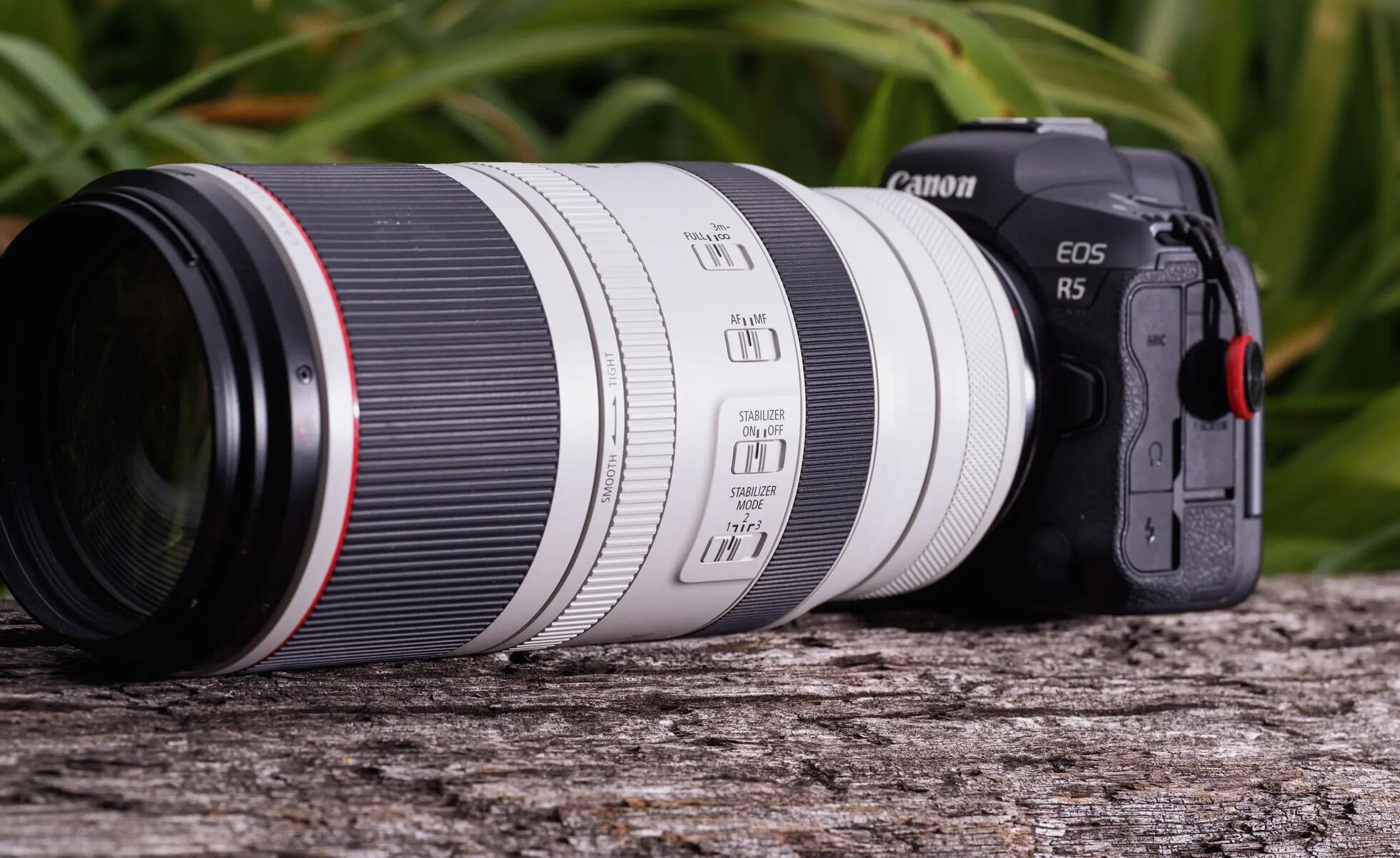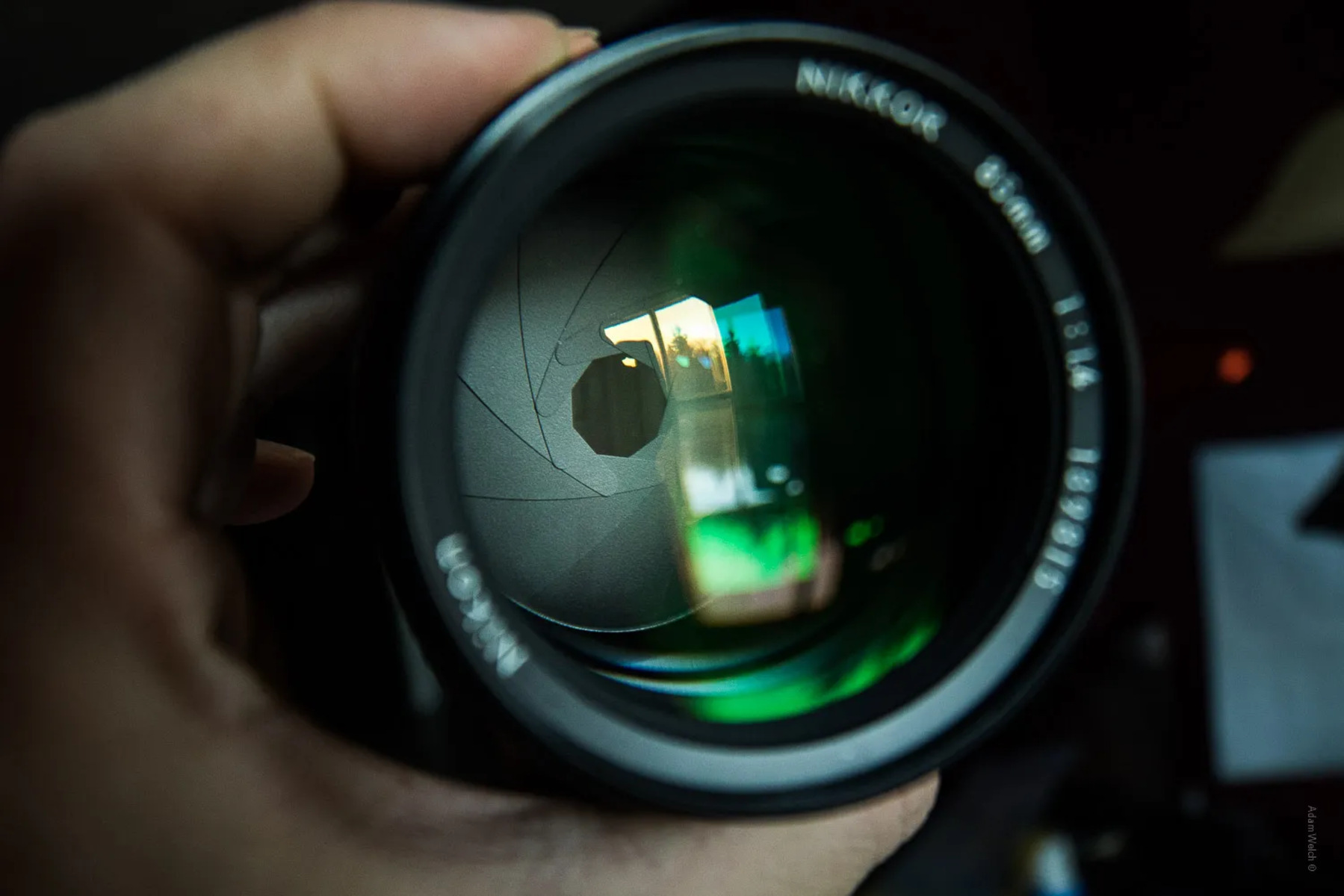Compact Size and Lightweight
Mirrorless cameras are renowned for their compact size and lightweight design, making them highly desirable for photographers who prioritize portability and mobility. Unlike traditional DSLR cameras, which rely on a complex system of mirrors and prisms, mirrorless cameras utilize a digital display system, allowing for a significantly smaller and lighter form factor.
These cameras are ideal for photographers who are constantly on the move, whether capturing breathtaking landscapes, documenting travel adventures, or attending events where agility and discretion are paramount. The compact nature of mirrorless cameras enables photographers to carry them effortlessly for extended periods, reducing fatigue and allowing for more spontaneous and candid photography.
Furthermore, the reduced size and weight of mirrorless cameras make them an appealing choice for photographers seeking to downsize their gear without compromising on image quality. This characteristic is particularly advantageous for street photographers, photojournalists, and vloggers who require unobtrusive yet powerful imaging tools.
Ultimately, the compact size and lightweight nature of mirrorless cameras offer unparalleled convenience and versatility, empowering photographers to pursue their creative vision with ease and comfort.
Electronic Viewfinder
One of the distinctive features that sets mirrorless cameras apart from their DSLR counterparts is the electronic viewfinder (EVF). This innovative component replaces the traditional optical viewfinder found in DSLRs, offering numerous advantages that cater to the evolving needs of modern photographers.
The EVF provides a real-time preview of the scene, allowing photographers to accurately assess exposure, white balance, and composition before capturing an image. This feature is particularly valuable in challenging lighting conditions, as the EVF can simulate the final image, ensuring that photographers achieve the desired results without the need for trial and error.
Additionally, the EVF empowers photographers to explore creative possibilities by displaying a live view of the image with various in-camera effects, such as monochrome or simulated film styles. This real-time visualization capability enables photographers to make informed decisions and refine their artistic vision directly through the viewfinder.
Furthermore, the electronic viewfinder offers a customizable interface, allowing photographers to overlay essential shooting information, such as histograms, focus peaking, and gridlines, directly within the viewfinder. This seamless integration of critical data enhances the overall shooting experience, enabling photographers to maintain focus on the subject while staying informed about crucial technical parameters.
Overall, the electronic viewfinder represents a pivotal advancement in mirrorless camera technology, delivering an immersive and informative viewing experience that aligns with the demands of modern photography. Its versatility, real-time feedback, and customizable features make it an indispensable tool for photographers striving to achieve precision and creativity in their craft.
Silent Shooting
Mirrorless cameras offer the unique advantage of silent shooting, a feature that has revolutionized the way photographers approach various shooting scenarios. Unlike traditional DSLRs, which utilize mechanical shutters that produce noticeable noise during operation, mirrorless cameras leverage electronic shutters to capture images silently, making them indispensable tools in environments where discretion is paramount.
One of the significant benefits of silent shooting is its ability to minimize disruptions during sensitive moments, such as weddings, ceremonies, or wildlife photography. The absence of audible shutter sounds enables photographers to document events and capture candid expressions without drawing attention or causing distractions, preserving the authenticity of the scene.
Moreover, silent shooting facilitates inconspicuous photography in quiet settings, including museums, libraries, and theaters, where traditional camera noises may disrupt the ambiance or disturb others. This capability empowers photographers to expand their creative boundaries and document compelling visuals without imposing any auditory impact on the surroundings.
Furthermore, the silent shooting feature of mirrorless cameras contributes to a more relaxed and natural shooting experience, especially when working with subjects who may feel self-conscious or distracted by the sound of a camera. By eliminating the mechanical shutter noise, photographers can establish a more comfortable and unobtrusive atmosphere, allowing subjects to express themselves authentically without the influence of external disturbances.
In essence, silent shooting represents a transformative innovation in mirrorless camera technology, providing photographers with a discreet and versatile tool that enhances their ability to capture genuine moments and visual narratives without intrusion or disruption.
Fast Autofocus
The remarkable autofocus performance of mirrorless cameras stands as a defining characteristic that has reshaped the landscape of modern photography. Leveraging advanced autofocus systems, mirrorless cameras offer unparalleled speed, accuracy, and versatility, empowering photographers to capture fleeting moments with precision and confidence.
One of the key advantages of fast autofocus in mirrorless cameras is its ability to track and capture moving subjects with exceptional accuracy. Whether photographing sports, wildlife, or dynamic street scenes, the swift and responsive autofocus system ensures that photographers can maintain sharp focus on their subjects, even in challenging and unpredictable environments.
Furthermore, the advanced autofocus capabilities of mirrorless cameras extend to low-light conditions, where traditional DSLRs may struggle to acquire focus. Through the use of sophisticated contrast-detection and phase-detection autofocus technologies, mirrorless cameras excel in achieving precise focus in dimly lit settings, enabling photographers to confidently explore and capture moments in various lighting scenarios.
Moreover, the fast autofocus performance of mirrorless cameras enhances the overall shooting experience by providing photographers with a seamless and intuitive tool for achieving critical focus. The responsive autofocus system not only reduces the likelihood of missed shots but also empowers photographers to concentrate on composition and creative expression without being hindered by focus-related concerns.
Ultimately, the fast autofocus capabilities of mirrorless cameras represent a transformative advancement that has redefined the speed and precision at which photographers can capture the world around them. This feature not only expands the creative potential of photographers but also ensures that no moment, regardless of its speed or complexity, is beyond the reach of their vision.
In-body Image Stabilization
In-body image stabilization (IBIS) is a groundbreaking feature that distinguishes mirrorless cameras from their DSLR counterparts, offering photographers a powerful tool to mitigate the effects of camera shake and achieve consistently sharp images, even in challenging shooting conditions.
One of the primary advantages of IBIS is its ability to compensate for handheld camera movements, allowing photographers to capture sharp, blur-free images without the need for a tripod or external stabilizing equipment. This capability is particularly valuable in low-light situations or when using telephoto lenses, where the risk of camera shake is heightened, enabling photographers to maintain image quality and clarity in a diverse range of shooting scenarios.
Moreover, in-body image stabilization contributes to the overall versatility and adaptability of mirrorless cameras, as it enables photographers to leverage the benefits of stabilization across a wide array of lenses, including older or third-party options that may lack built-in stabilization. This flexibility empowers photographers to explore various focal lengths and creative perspectives while consistently achieving stable and sharp imagery.
Additionally, the implementation of in-body image stabilization in mirrorless cameras aligns with the growing trend of video content creation, as it enhances the smoothness and stability of handheld video footage, resulting in professional-quality productions without the need for cumbersome stabilization rigs or gimbals.
Ultimately, in-body image stabilization represents a transformative advancement in mirrorless camera technology, offering photographers a powerful tool to elevate the quality and precision of their imagery, expand their creative possibilities, and adapt to diverse shooting conditions with confidence and ease.
Ability to Use a Wide Range of Lenses
The compatibility of mirrorless cameras with a diverse selection of lenses stands as a compelling advantage that appeals to photographers seeking versatility, creativity, and adaptability in their imaging pursuits. Unlike traditional DSLRs, which are constrained by the physical limitations of a mirror box, mirrorless cameras feature a shorter flange distance and a larger lens mount, enabling photographers to explore an extensive array of lenses from various manufacturers.
This inherent flexibility allows photographers to leverage a wide range of lenses, including vintage glass, specialty optics, and modern autofocus lenses, to achieve their desired visual aesthetic and creative vision. The ability to adapt and experiment with lenses of varying focal lengths, apertures, and optical characteristics empowers photographers to tailor their equipment to specific shooting scenarios, from expansive landscapes to intimate portraits, and from macro photography to astrophotography.
Furthermore, the adaptability of mirrorless cameras to diverse lenses fosters a culture of innovation and experimentation within the photography community, encouraging photographers to explore unconventional and artistic approaches to image-making. Whether utilizing exotic prime lenses, adapting cinematic cinema lenses, or embracing the unique rendering of vintage optics, photographers can harness the expansive world of lens options to infuse their work with distinct character and visual storytelling.
Moreover, the compatibility of mirrorless cameras with a wide range of lenses extends to the realm of videography, enabling content creators to harness specialized lenses for cinematic productions, documentary filmmaking, and creative visual storytelling. This adaptability enhances the creative potential of mirrorless cameras, positioning them as versatile tools for both still photography and video content creation.
In essence, the ability of mirrorless cameras to accommodate a diverse selection of lenses embodies a spirit of inclusivity, innovation, and creative exploration, empowering photographers and videographers to transcend traditional boundaries and craft compelling visual narratives with unparalleled flexibility and adaptability.









